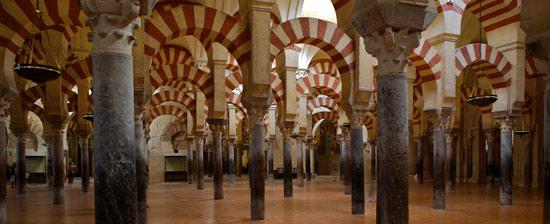
Spain wine regions. Maps, grapes and terroirs
Here are the top 5 day trips you can do from Madrid comfortably so you can get the most out of your visit to the capital of Spain. Add a little something extra to your visit and enjoy some of the best food and wine near Madrid … Read More









